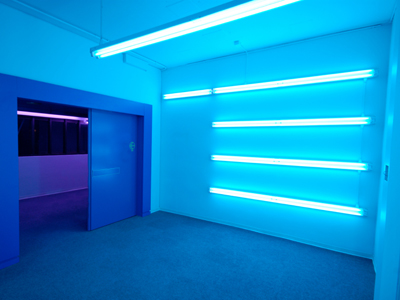
Electricity - Currents in Electrical Circuits
This Physics quiz is called 'Electricity - Currents in Electrical Circuits' and it has been written by teachers to help you if you are studying the subject at senior high school. Playing educational quizzes is one of the most efficienct ways to learn if you are in the 11th or 12th grade - aged 16 to 18.
It costs only $12.50 per month to play this quiz and over 3,500 others that help you with your school work. You can subscribe on the page at Join Us
From your studies of static electricity, you should by now be familiar with the idea that electricity is something to do with electrons. It seems that the ancient Greeks knew about static electricity - rubbing a substance called amber created a small force that could attract small objects. That was about the limit of knowledge until the scientific revolution in Europe during the Seventeenth Century. The physician to Elizabeth I, William Gilbert, experimented and described static electricity in many substances.
Ready for more?
not all...
quizzers. Try to win a coveted spot on our Hall of Fame Page.







